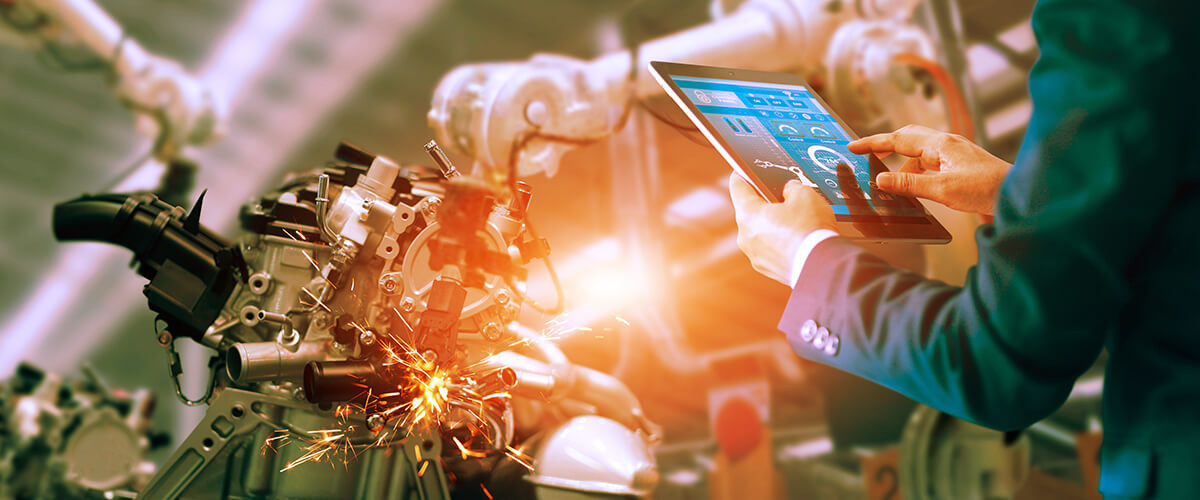Thursday, February 27, 2020

Traditional robots have significant safety constraints preventing them from working with people. Cobots are breaking these safety barriers down.
Traditional Robots cannot work with people
When working with traditional robots, significant care needs to be taken to ensure worker safety and legal compliance due to the power and speed that the robots operate at. As a result, safety measures such as:
While these safety methods are extremely effective, they have a significant drawback. It's impossible for close collaboration between workers and the robots, a feature which is becoming increasingly desired by manufacturers looking to further streamline processes in a highly competitive global market.
Cobots can
Cobots are designed from the ground up to work alongside humans, in response to the demand for robots that can work outside of clunky, traditional safety caging, in close proximity and harmony with human workers. They are developed to comply with the technical specifications defined by ISO/TS 15066, the international standard specifically created for collaborative robots. Primarily, this standard requires robots to demonstrate an ability to conduct a monitored safe stop—a pause in operation if a human comes too close to the machine.
New cobot models, such as the HCR 5, released by Hanwha, utilise cutting edge safety protocols that can rapidly adjust to changes in the cobot’s environment, allowing it to avoid collisions with humans (or other obstacles). By sacrificing some of the speed and power of a traditional robot, cobots provide a huge competitive advantage by combining the capabilities of a robot (strength, precision and repeatability) with human skills (know-how, analysis and decision-making). This leading edge function opens up the cobot market to industries where previously a traditional robot would not be able to operate safety with human collaboration. Unsurprisingly, the value of the cobot market has skyrocketed, and has been projected to be worth over 12,303 million USD by 2025 and topping 11 billion USD by 2030, taking 29% of the robotics industry.
With the innovation in robot technology, it is easy to find cobots that are tailored to the specific needs of the business.
Written by David Askew, the CEO of Fast Automation Pty Ltd.
Based in Australia, David has over twenty years of experience in the automation industry and has performed thousands of world-first, mission critical automation projects. He is highly passionate about helping clients do more for less and do it for longer, better, safer and faster. Leading the industry for new and innovative technologies, Fast Automation are currently integrators of a range of collaborative robots (Cobots). Beyond automation, David is a believer of giving back to the community and is a proud supporter of The Kid's Cancer Project among other philanthropic endeavours.
To find out more about cobots or how David and the team at Fast Automation can help your business contact us today.
< Back to post list